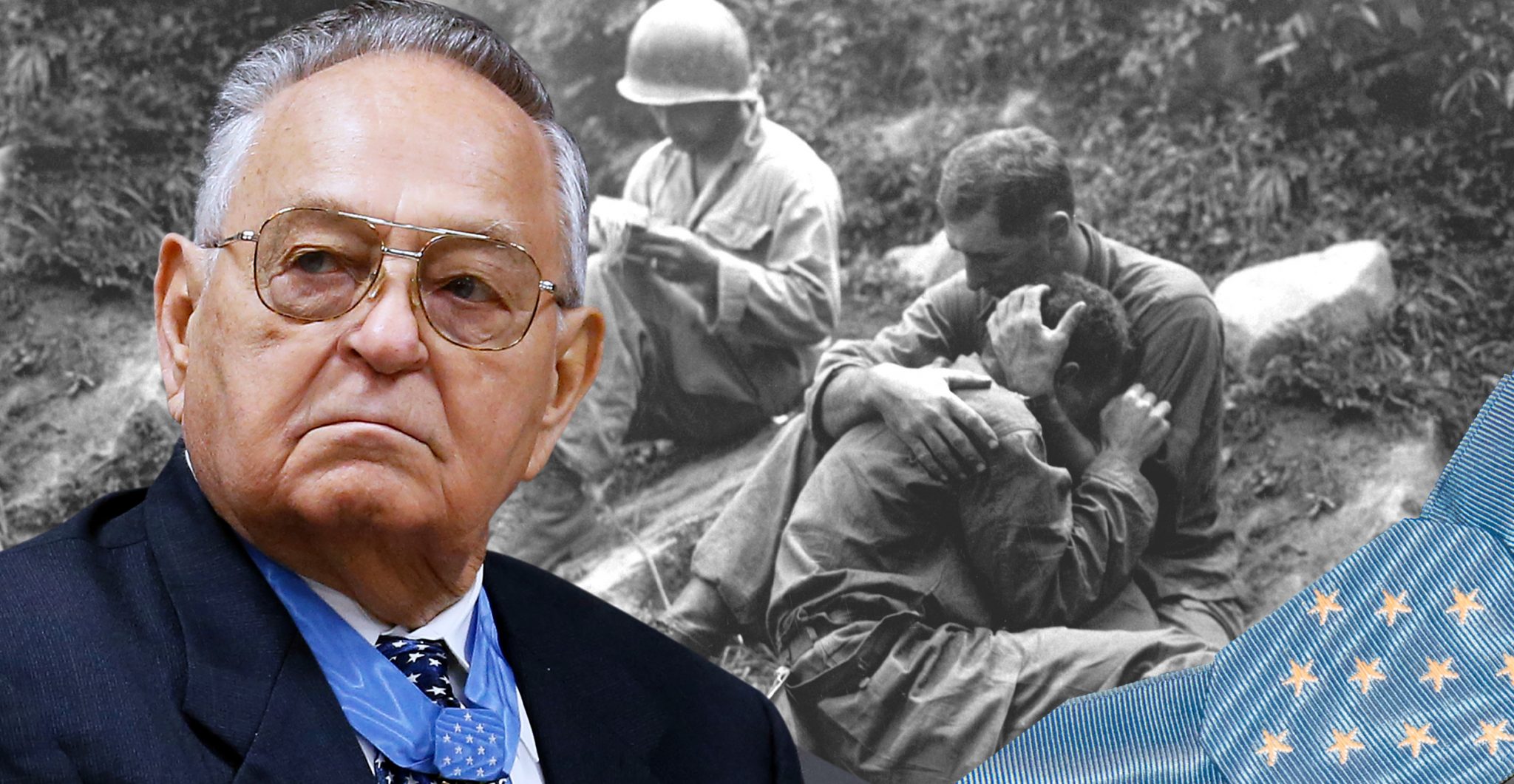He soon saw action, and was wounded twice in the space of a few months – first in the foot, in August, and then a few months later in the thigh.
When Sergeant First Class Ronald E. Rosser was discharged from the United States Army in 1949 after having enlisted for a three year period of service, the last thing he imagined was that in just a few short years he would be reenlisting.
However, when his younger brother was killed in battle in Korea in 1951, Rosser immediately reenlisted in the Army, requesting to be sent into combat so that he could avenge the death of his brother at the hands of the North Koreans.
And when Rosser reached the battlefield, he obtained the vengeance he desired many times over, and was awarded the Medal of Honor for his courage.
One of seventeen siblings, Ronald Rosser was born in Columbus, Ohio on October 24th, 1929. He initially enlisted in the US Army in 1946, and served for three years before returning to civilian life in 1949. And it looked as if he would remain in civilian life permanently, until February 1951 – that is, when one of his younger brothers was killed in battle in the early stages of the Korean War.
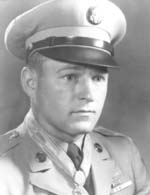
Motivated by a burning desire for vengeance against the men who had killed his brother, Rosser reenlisted in the US Army soon after hearing about his brother’s death, and requested to be sent into combat – a request that was soon granted.
Rosser served with the 38th Infantry Regiment, 2nd Infantry Division, and was sent to the front in August 1951. He soon saw action, and was wounded twice in the space of a few months – first in the foot, in August, and then a few months later in the thigh. Both wounds were from hand grenade shrapnel, and Rosser didn’t let either of them slow him down.
He fought in the Battle of Heartbreak Ridge in late 1951, and then just before Christmas 1951 he and 72 other American troops participated in a deep penetration mission in the Kumhwa Valley near Pyongyang. Of the 73 troops who embarked on the mission, Rosser was one of only six who made it back alive, and the only one of those six who didn’t get wounded.
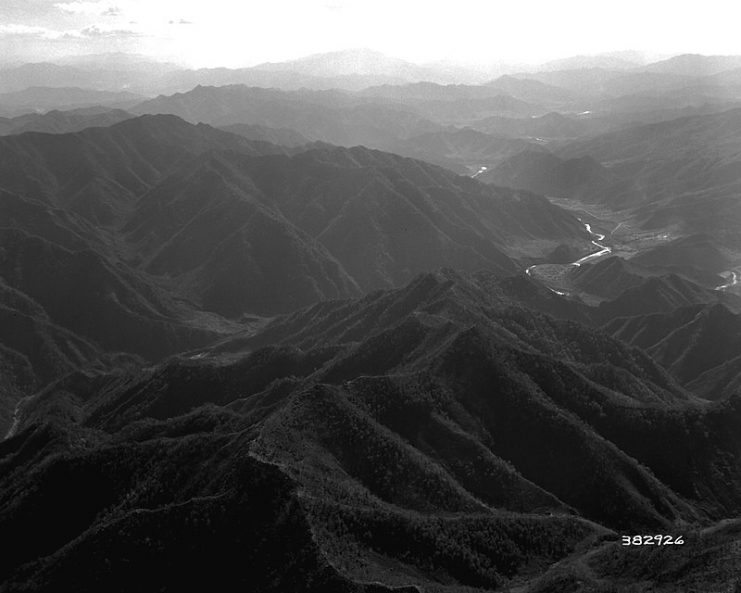
By the time 1952 rolled around, Rosser had spent some time away from the front and had come into contact with a number of South Korean civilians, whose lives and families had been ripped apart by the war. The damage done to their society, and the sadness and heartache he witnessed, began to change his perspective on the war.
Now, he decided, he was not only fighting to avenge his brother’s death, but he was also fighting for the people of Korea whose lives had been destroyed by the conflict.
https://youtu.be/JJu3DZmp8ZY
On January 12th, 1952, Rosser (at the time a corporal) participated in an assault on the snow-covered Star Hill held by Chinese defenders near Ponggilli. 170 troops were involved in the assault, but in the face of heavy machine gun fire from the Chinese trenches, this number was reduced to only 35 after a couple of hours of fighting.
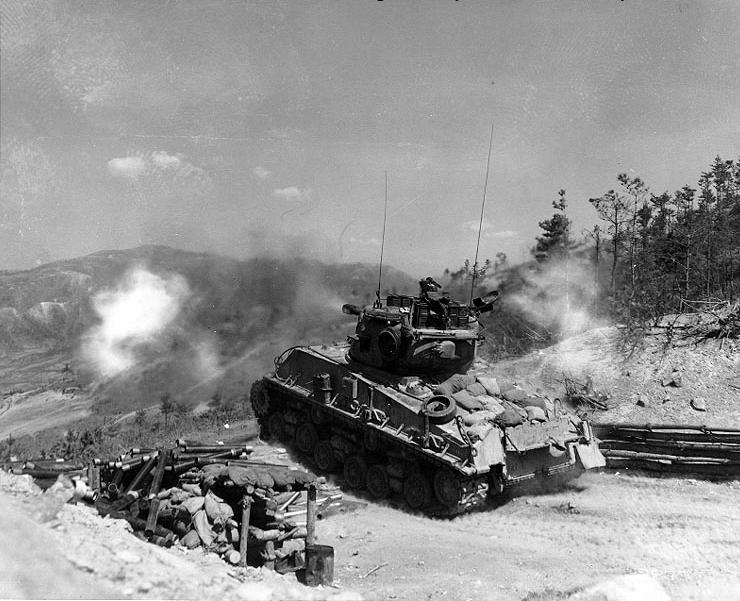
At this point Rosser decided to take matters into his own hands, as the officers had all been killed, and he was now the highest ranking person present. Armed with only a carbine and a white phosphorous grenade, he led a charge up the hill in an attempt to storm the enemy trenches and take out their machine gun nests.
When he got close to the top of the hill, however, Rosser turned around and saw that the other 35 men had either been killed, wounded, or had taken cover. He was now alone. This didn’t stop him, though, and he jumped into the nearest Chinese trench by himself, whooping out a war cry and assaulting the defenders.
While the Chinese heavily outnumbered Rosser, they were completely unprepared for the ferocity with which he fought. He tossed his grenade at the machine gunner, taking out the machine gun position, and then killed Chinese troops with shots to the head and chest from his carbine, which he then used as a club to dispatch the remaining enemy troops in hand-to-hand combat.
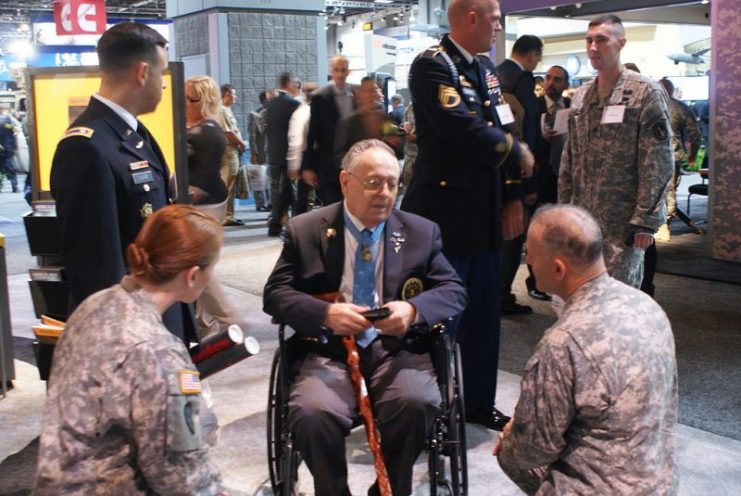
His solo fight against the Chinese troops didn’t end there, though – after he had killed every one of them in the trench, he climbed out, ran back down the hill and resupplied himself with ammunition and grenades from his fallen comrades … and then prepared to assault yet another Chinese position.
He tried to rally the other troops, but paid no attention to whether they were actually following him in his second charge. Once again he jumped into a Chinese trench, tossed grenades, shot and then clubbed the enemy troops with his carbine.
And then, after clearing out that trench, he repeated the whole procedure a third time – once more charging down the hill to resupply himself with ammunition, and then single-handedly storming another Chinese trench.
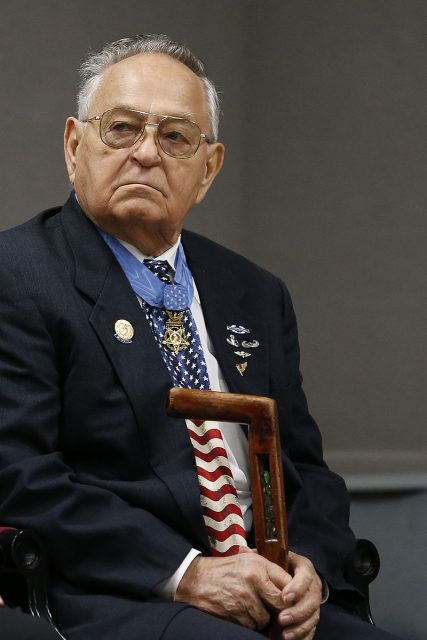
All in all, Rosser was credited with killing 13 Chinese troops on Star Hill, and wounding dozens more. For his heroic actions on Star Hill, he was awarded the Medal of Honor by President Truman on July 7th, 1952.
After the Korean War, Rosser remained in the Army. Another of his brothers was killed in combat in the Vietnam War, and again Rosser requested to be sent into combat. This time, however, the Army refused his request, not willing to risk the life of both a Medal of Honor recipient and another member of the Rosser family, since two had already given their lives for their country.
Rosser retired from the Army in 1968 as a Master Sergeant. He then moved to Florida and worked as a mail carrier for the US Postal Service for a number of years, and is now retired and living in Roseville, Ohio. The courage and valor he displayed in the Korean War will always be remembered.
